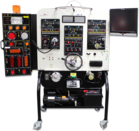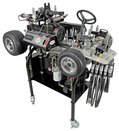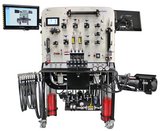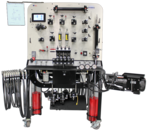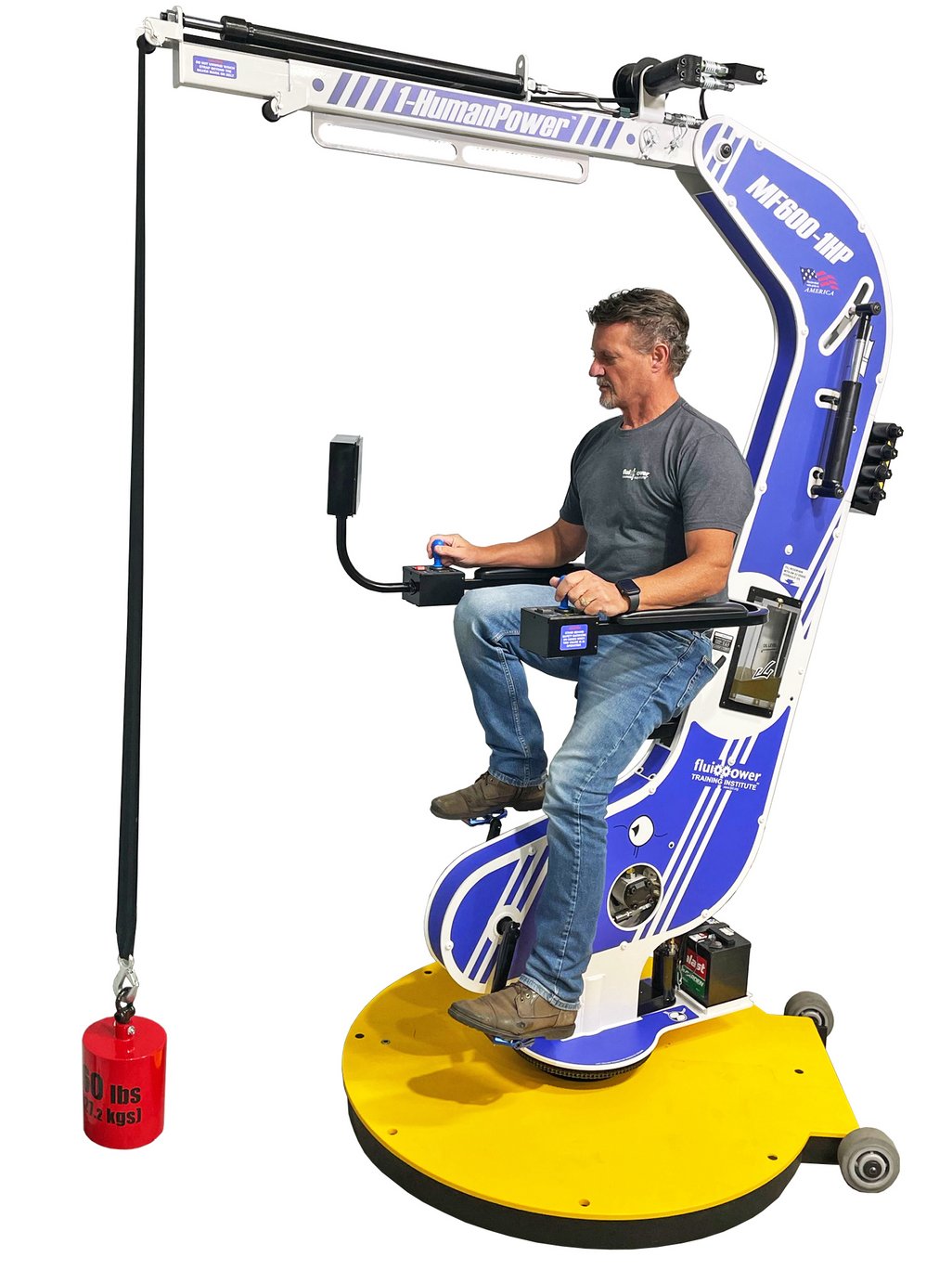Technical Details
| Specification | |
|---|---|
| Product code | FP-MF600-1HP |
Educational advantages | Boom cylinder permits students to see how pressure responds to changes in surface area when the load is constant. Due to the fact the student is the prime mover, the student can see first-hand how changes in pedal speed relate to changes in actuator speed. This also allows student to see first-hand how they must respond by exerting more or less power in response to changes in flow and pressure. |
|---|---|
Features | Prime mover – student. Power supply - human-mechanical energy is converted into fluid energy when a student exerts a force on pedals, which is converted to torque. The torque rotates a weighted fly-wheel, which is connected to a hydraulic pump through a belt drive. Seat - comfortable gel-seat, which has convenient wrench-free height and lateral adjustment. Crane: Has three functions: boom raise/lower, mast rotation left/right (180° either way), and hydraulic winch with belt and hook (for attaching weight). |
Learning activities | Hydraulic safety. Force and torque – each student calculates the amount of torque he/she generates at the bikes’ flywheel. Flow relative to flywheel and pump speed. How changes in flow effect changes in actuator speed. How to calculate actuator speed. Where pressure comes from. Why a hydraulic pump has everything to do with pressure in a hydraulic system. How to calculate force and torque output. How pressure changes in response to changes in load. How pressure changes in response to changes in area and displacement. How changes in area relate to changes is pressure when the load is constant. Hydraulic horsepower. How to calculate hydraulic horsepower. Pressure differential. |




